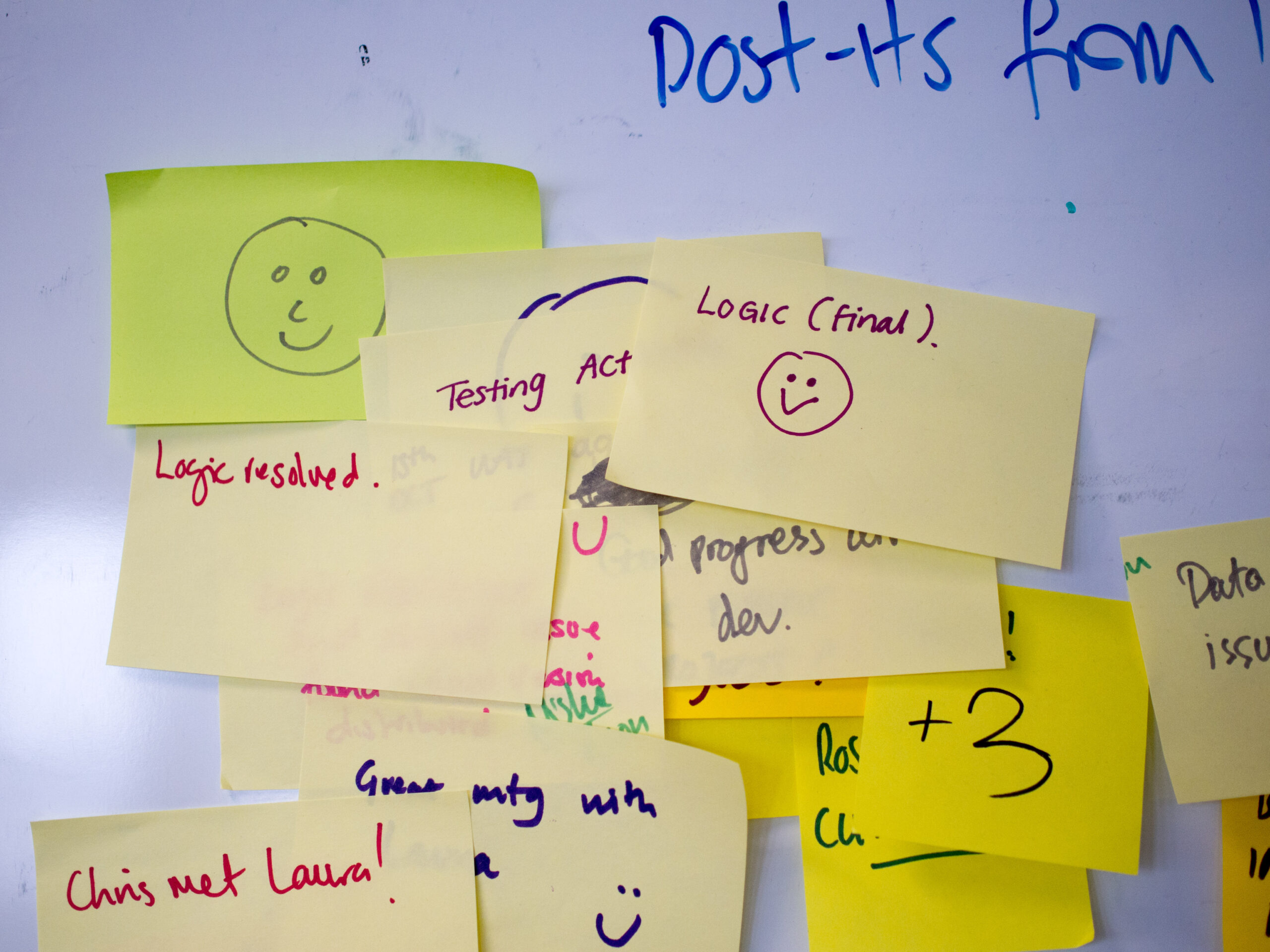October 23rd, 2024
And what a trip it was! This season’s hack trip brought the team back to Palm Springs, California for some time in the sun.
Falling just before the end of the hot season, the team faced the desert head on with the power of gasoline and adrenaline at our backs, in a sight akin to a scene out of Mad Max. Our team decided that a day of off-roading would be a fun adventure.

While experience with ATV’s varied, the Ocotillo Wells State Vehicle Recreation area offered an 85,000-acre playground to get up to speed with the machines, explore a majestic landscape, and experience a little hands-on geology!
Of course, the primary focus and topic of conversation was Arches. These Hack Trips are such awesome opportunities for us all to get together in person and engage in passionate conversations on the current and future development of the platform. For a team that is spread across the United States, having the space to connect and cross-pollinate our ideas on how to best incorporate community feedback and evolve Arches capabilities allows for some exciting development avenues.
This year’s hack trip focus included:
- A recommitment to open-source standards — Given MapBox’s move to requiring a license for their mapping library, it was important to us to explore alternative options like MapLibre and Open Layers to ensure that Arches remains freely available to the international community.
- Improvements to application performance — We’ve seen firsthand the community response on this front, from requests for updates to new technologies like the Arches Companion app. There are several interesting doors we’ve opened to address performance issues, so expect more news to follow.
- A new permissions system — As Arches becomes more widespread and use-cases vary, the need for evolved permissions has become clear. Our clients are asking us to support even more sophisticated permissions and access control to the information within their Arches databases, and security continues to be a core component of Arches.
Of course, while the brunt of daylight was devoted to Arches’ development, technical details and ideas for improving Arches always found itself a part of the conversation whether at dinner, drinks, or on ATVs. We simply couldn’t help ourselves—we’re incredibly thankful to be working on an open-source platform that has the power to solve a multitude of problems and ensure effective stewardship for generations to come.











